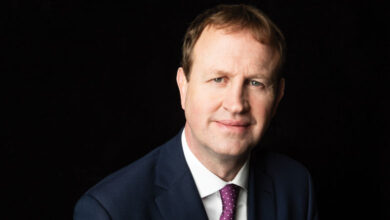Job creation is top priority: Kenny
 Reducing unemployment will be the Government’s “top priority” in the second half of its term of office, according to Taoiseach Enda Kenny.
Reducing unemployment will be the Government’s “top priority” in the second half of its term of office, according to Taoiseach Enda Kenny.
The unemployment rate peaked at 15.1 per cent in February 2012 but fell to 13.6 per cent in June 2013.
Opening this year’s MacGill Summer School, Kenny spoke on the theme of the event: ‘How Stands the Republic’. He looked forward to Ireland’s exit from the bail-out programme – the first for a euro zone country – and re-iterated his vision for the Republic in 2016: “the best small country in the world in which to do business, to raise a family and to grow old with dignity and respect.”
Achievements from the Irish EU presidency included a €6 billion fund to tackle youth unemployment, the CAP reform deal and the launch of negotiations on an EU-US trade deal. The end of the promissory note, he predicted, would reduce the State’s cash borrowing requirement over the next 10 years by €20 billion.
Kenny warned that any “short-term relief” from deficit reduction would be “far outweighed” by loss of confidence, “capital flight” and the impact on jobs, growth and interest rates. “Every Minister,” he said, “will have difficult decisions to make to deliver on the savings they have promised.”
The Taoiseach added that any budgetary flexibility should be used for job creation via infrastructure investment and pledged a “special focus” on implementing Pathways to Work.
On the Seanad, he said that its abolition would be balanced by the introduction of parliamentary inquiries in Dáil Éireann. The referendum on the future of the Seanad takes place on 4 October.





